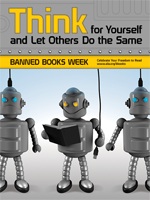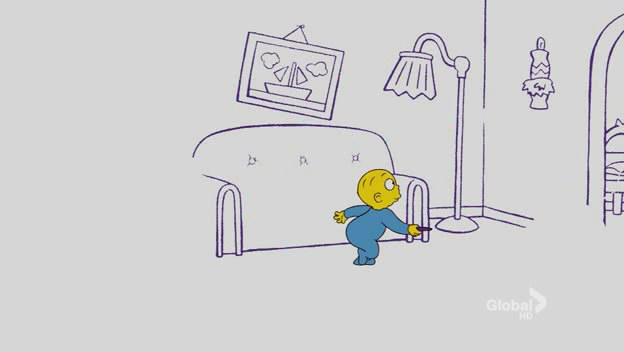Book-Banners Hurt Young People
As I look at the American Library Association’s lists of Banned and Challenged Books, one recurring theme emerges: most (though not all) depict difficulties faced by children and teens. Though the motive for banning books is protection, restricting access to these books hurts the children and teens who are most in need of them. Laurie




